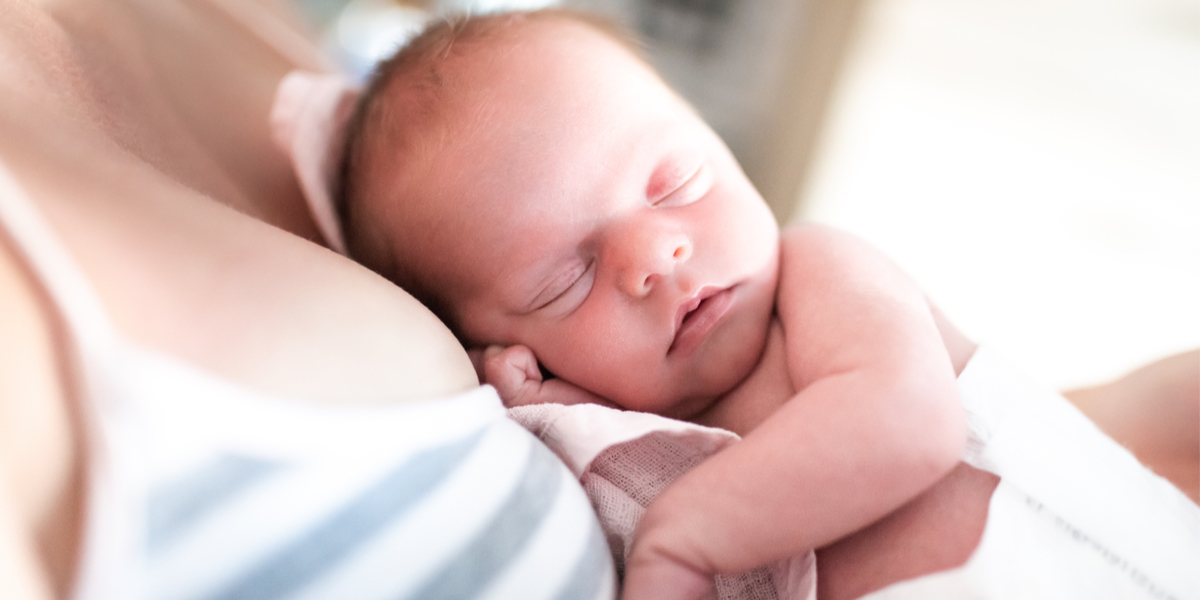Understanding sleep will help your little ones fall asleep independently.
Lenten Campaign 2025
This content is free of charge, as are all our articles.
Support us with a donation that is tax-deductible and enable us to continue to reach millions of readers.
Many parents can feel distraught about their children’s reluctance to fall asleep alone. It would seem that perhaps the idea of a “bedtime ritual” is often misunderstood, to the point of unbalancing the sleep schedule of many children and their parents.
The primary objective of the ritual is not for the children to fall asleep, but for them to be soothed and reassured about the idea of separation from their parents for the night. Falling asleep will then come naturally.
The sleep train
The quality and rhythm of sleep evolve according to children’s ages, but what does not change is its breakdown into cycles. As children grow, the length of each cycle increases. In newborns, a sleep cycle lasts an average of 30 to 50 minutes. Fortunately, they can go through several cycles in a row.
The establishment of the circadian rhythm (the biological cycle of 24 hours, divided into day and night) is physiological and takes place between 6 and 12 months of age. Until this age, it’s normal for babies to wake up at night.
“Their body is not yet regulated by 24-hour cycles,” says Dr. Alain Benoit, pediatrician and author of the book Les vrais besoins de votre enfant (“What Your Baby Really Needs”). To visualize the sleep cycles, he invites us to imagine a “sleep train.”
Each train represents a cycle, and each car is a sleep phase. Between two cycles, children either wake up or go on another cycle (another sleep train).

Starting at 2 months old, babies fall asleep in a phase of active sleep (they dream, reliving the sensations and emotions of the day), followed by a phase of quiet sleep (called slow wave sleep), which is the most effective for activating growth hormones and immune defenses.
Between 6 and 9 months of age, the cycles lengthen and begin to have a rhythm, until around the age of 2, when they reach the same structure as adult sleep: Each cycle lasts about two hours and is composed of a phase of light slow wave sleep, then deep slow wave sleep, then very deep slow wave sleep, to end with a phase of REM sleep filled with dreams.
Bedtime rituals
The challenge is to make sure that at the end of each cycle, if the children wake up, they are able to go back to sleep on their own.
“A baby may wake up before each new sleep cycle, so it is interesting to teach him or her to fall asleep, and therefore to go back to sleep alone,” explains Dr. Alain Benoit.
How do you teach children to fall asleep on their own? By soothing them with appropriate words or gestures, and by reassuring them that the night is not a definitive separation.
The ritual can take different forms: a kiss, a cuddle, a story, a lullaby and/or a prayer. It doesn’t have to be very long. The objective is simply “to soothe the children so that they feel safe and secure and can drift off to sleep.”
To this end, it’s important to leave the child calm and sleepy, but still awake. Indeed, the ritual does not consist in putting the child to sleep with the help of physical contact.
“If the child falls asleep needing physical contact (hand-holding, breastfeeding, touching your hair …), he or she will not be able to fall asleep again without you in the middle of the night,” warns the pediatrician.
Phrases to say
It’s never too late to get into good habits. If your children are used to falling asleep next to you, reassure them that they’re safe, and that you’ll be with them the next morning.
“You can only leave them alone because they know there will be a reunion,” says Dr. Alain Benoit.
Here are the sort of reassuring words that the pediatrician recommends: “We’ll see each other in the morning. While you’re sleeping, I know you’re okay. And I’m fine too.”
Indeed, to mature well, children need to know that their parents are okay, even when they aren’t around.










